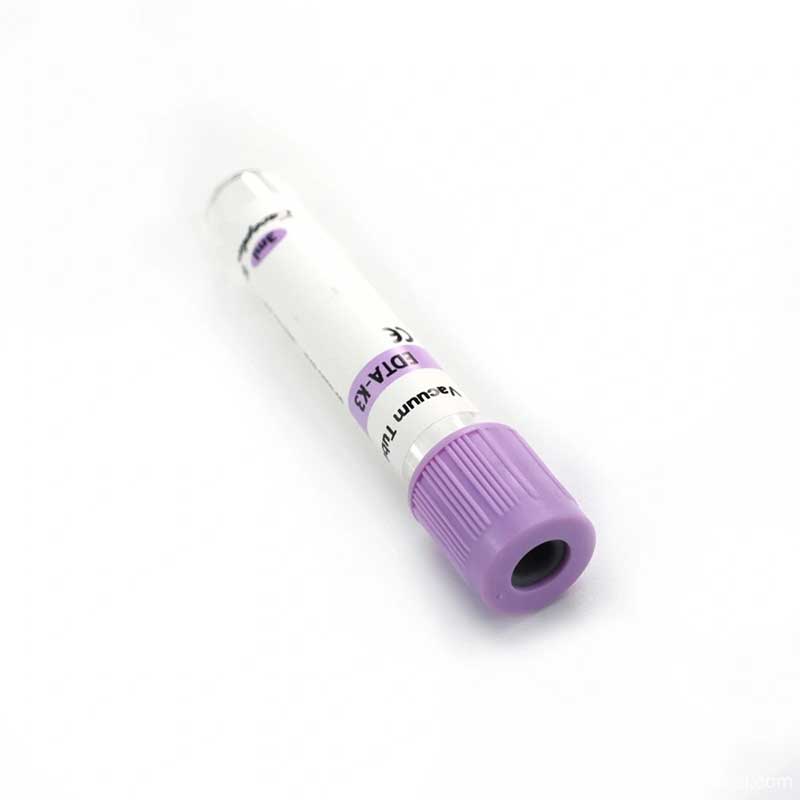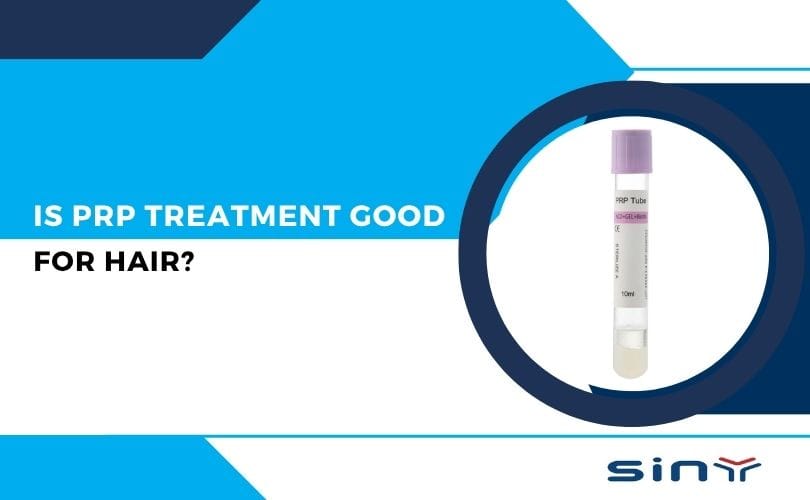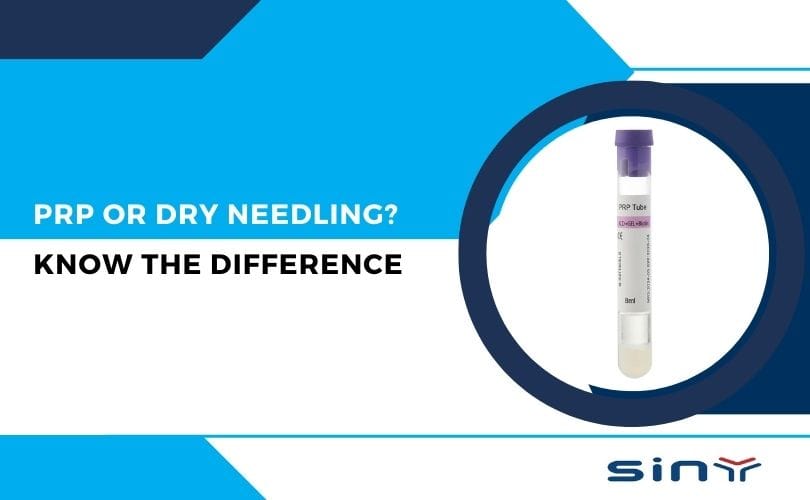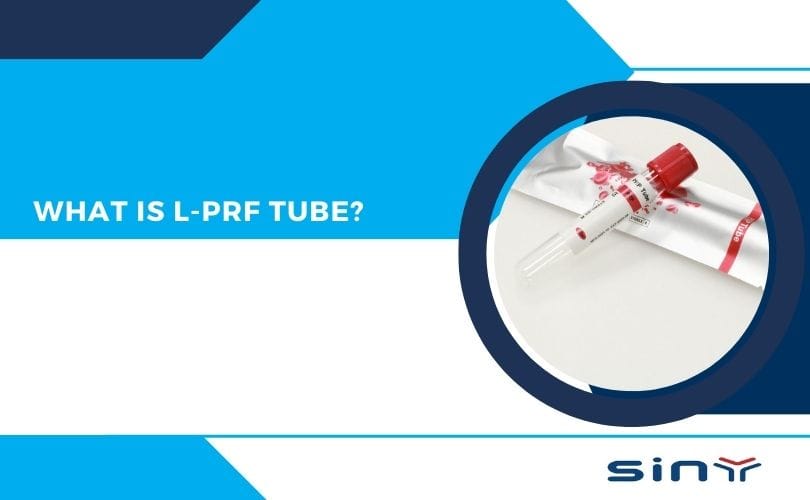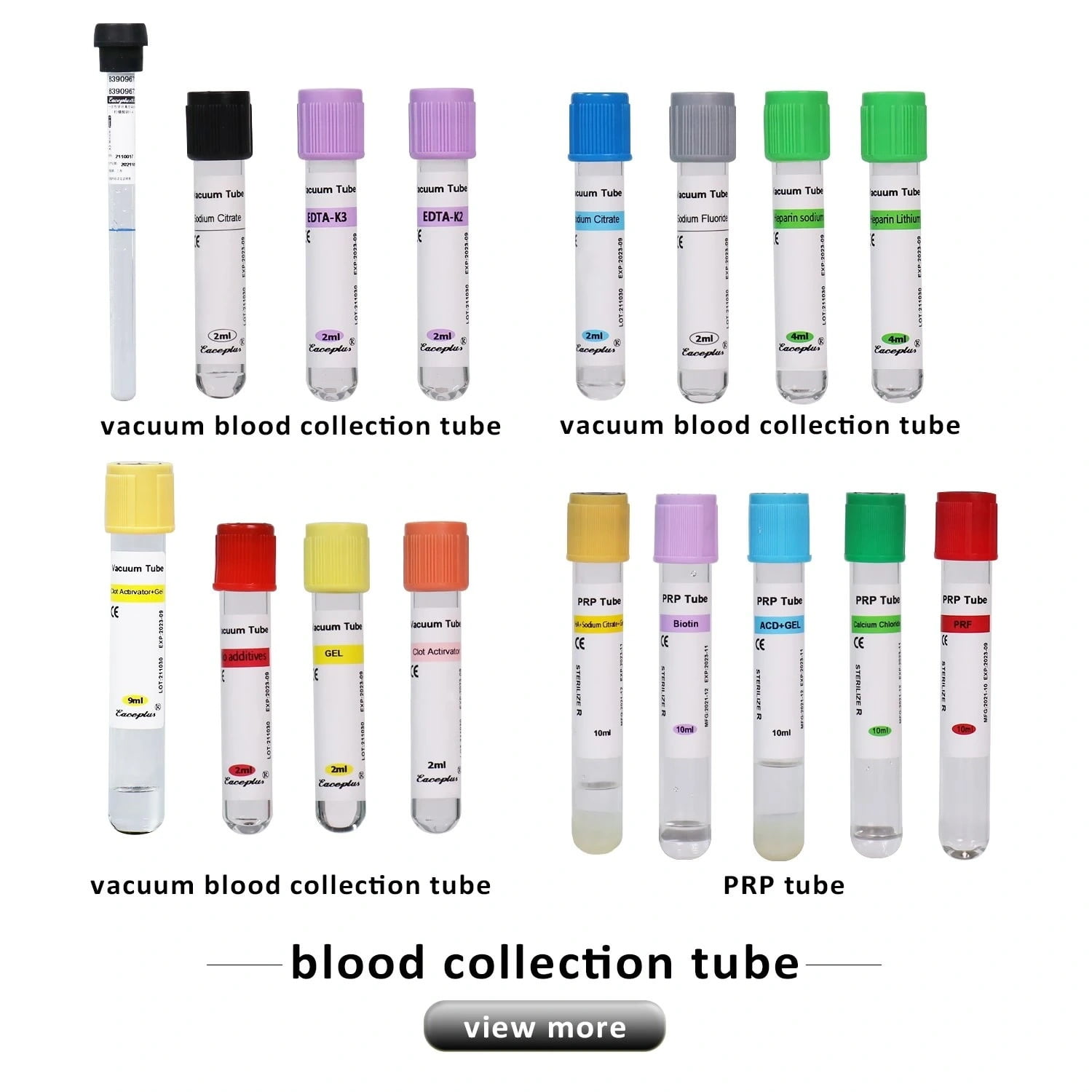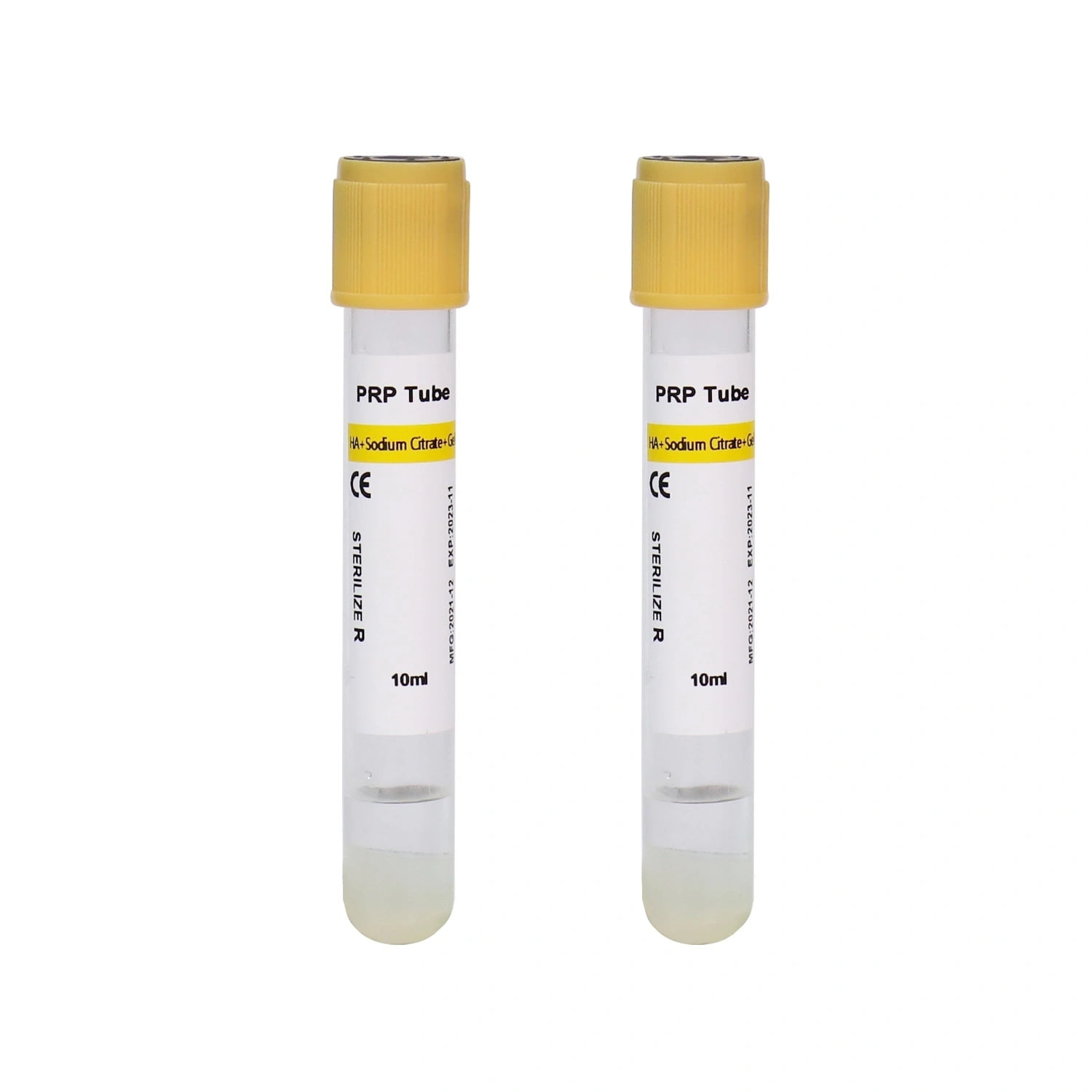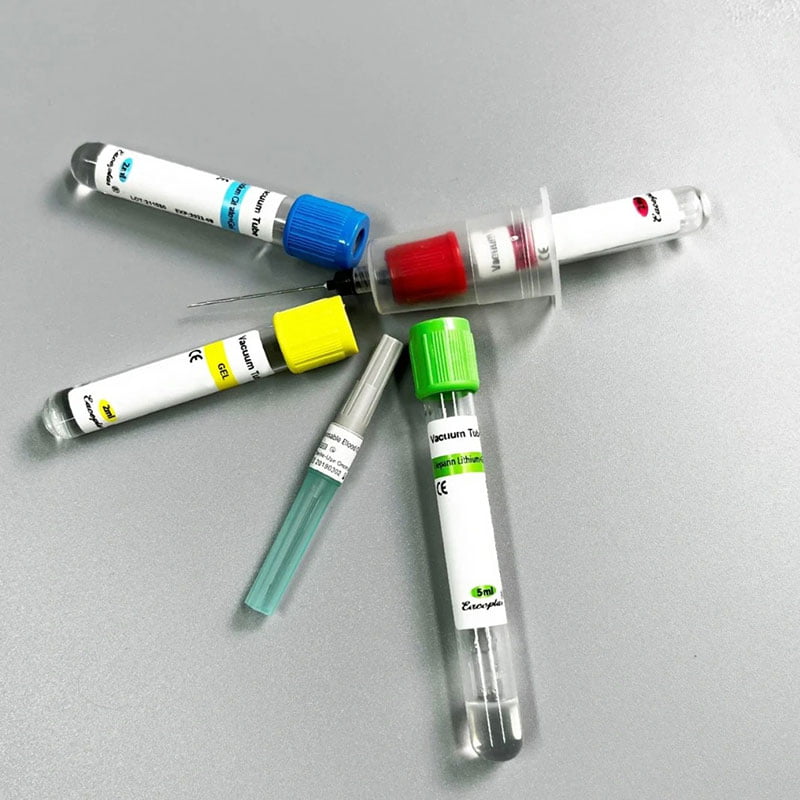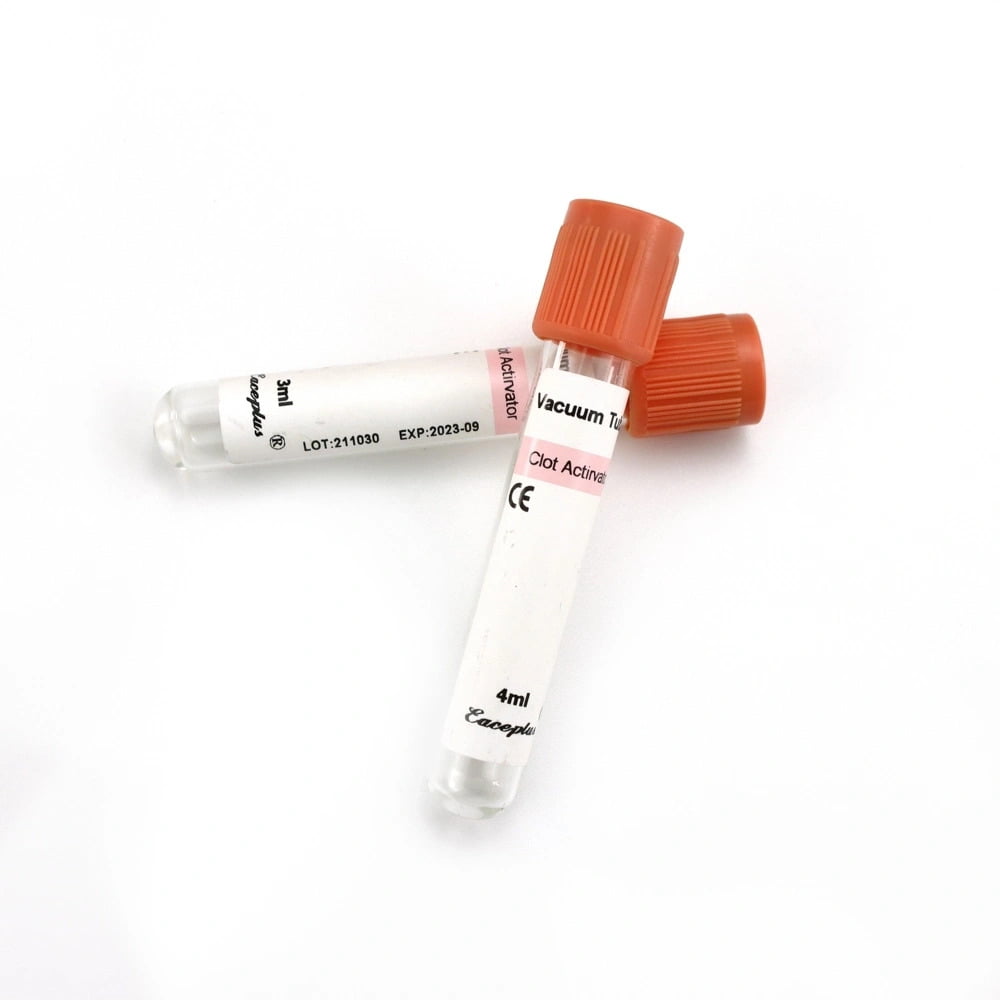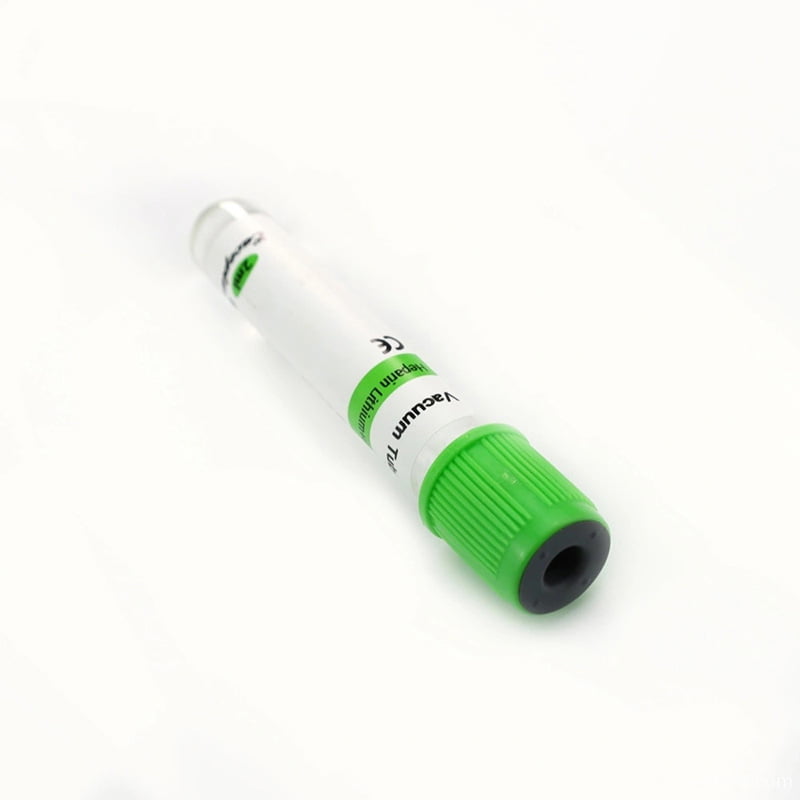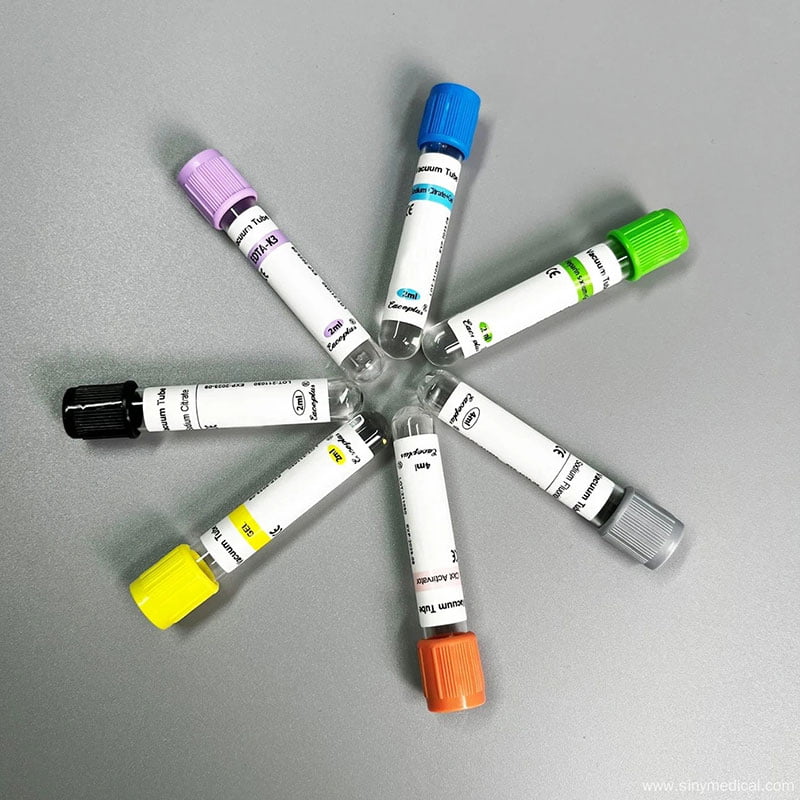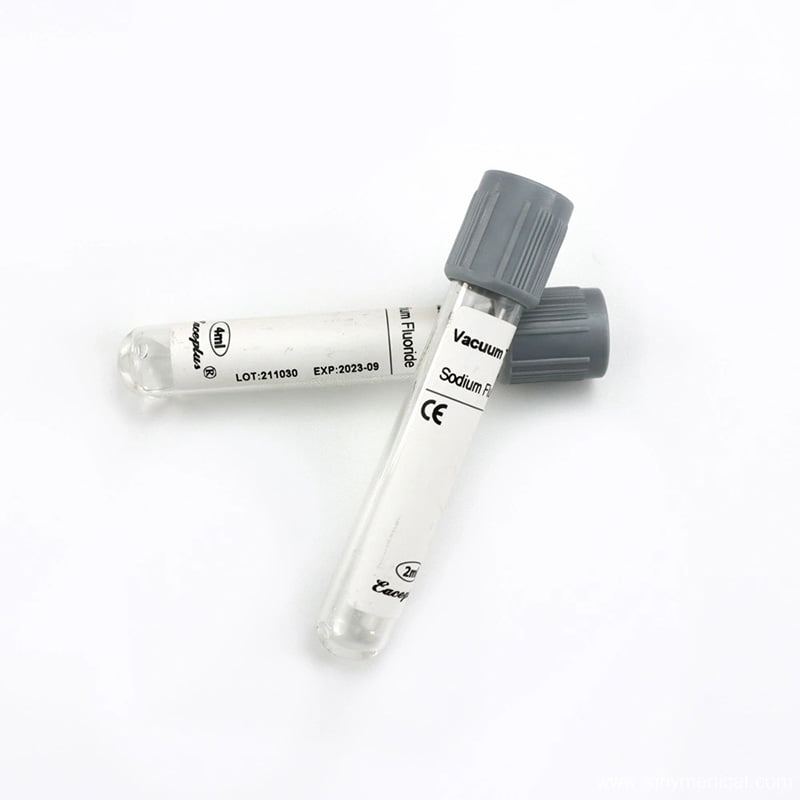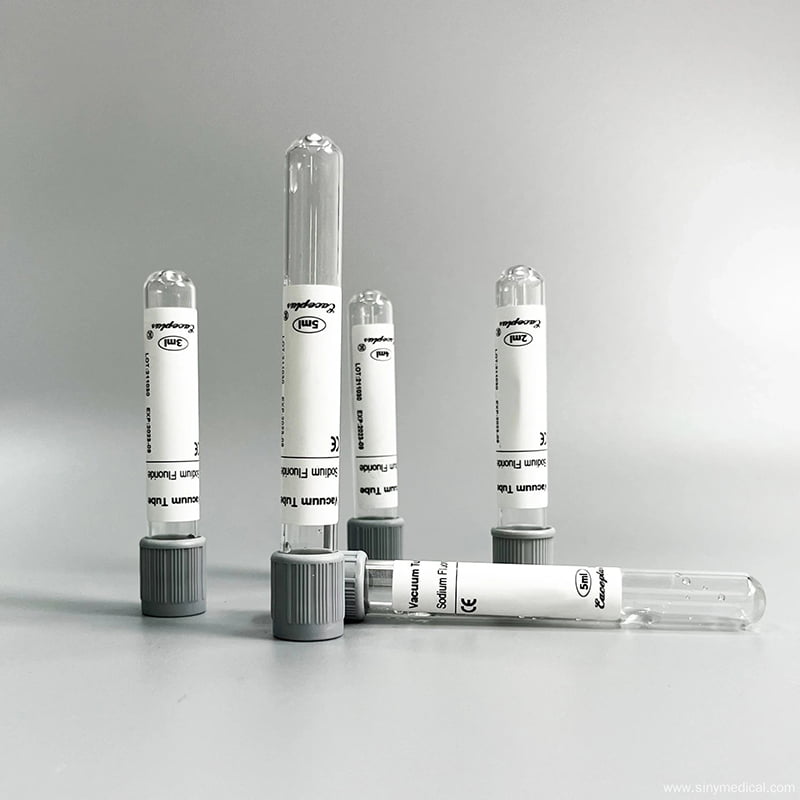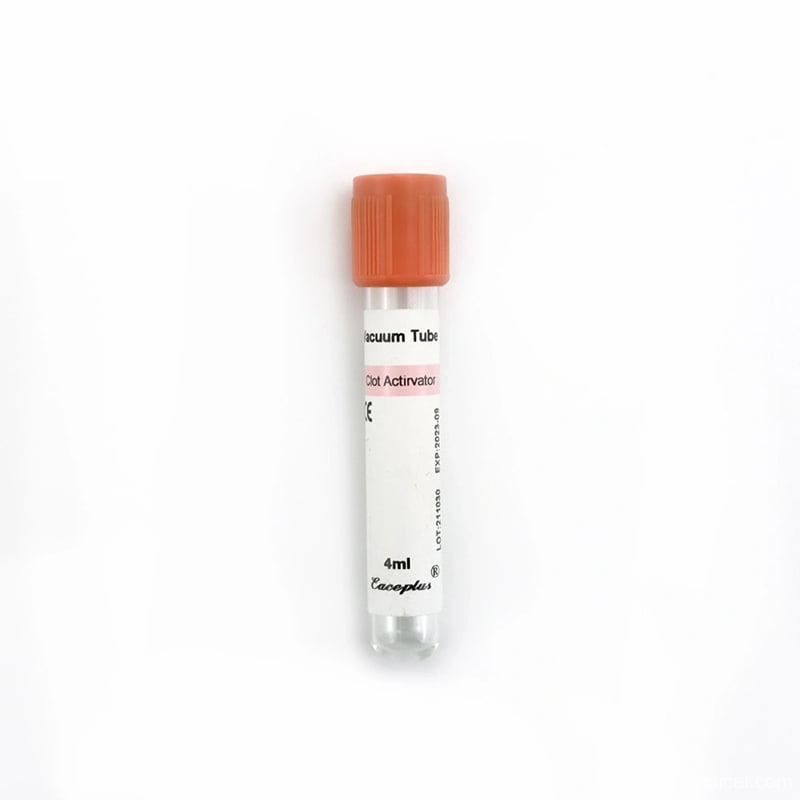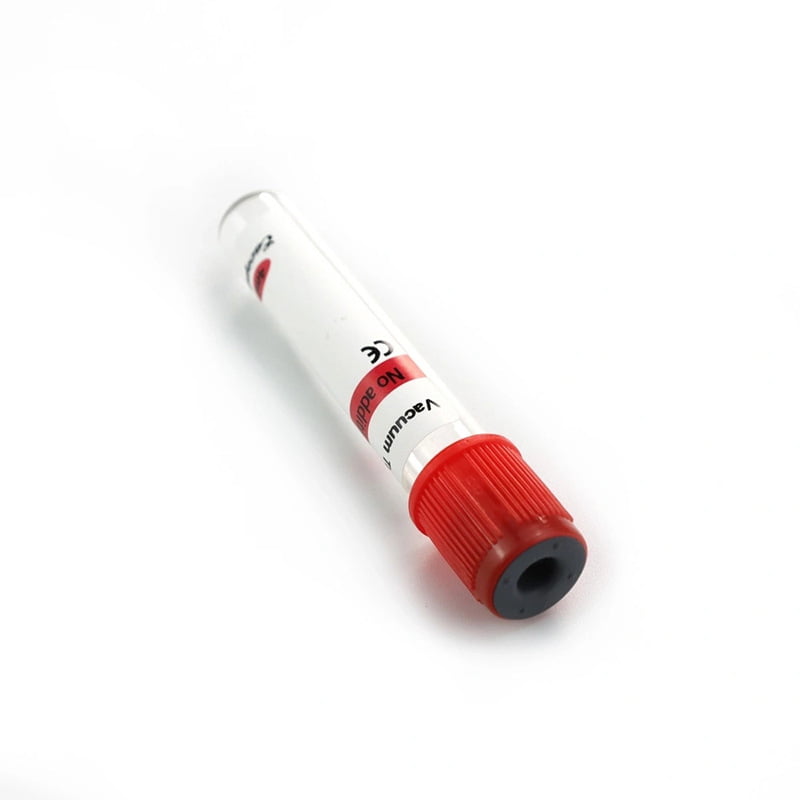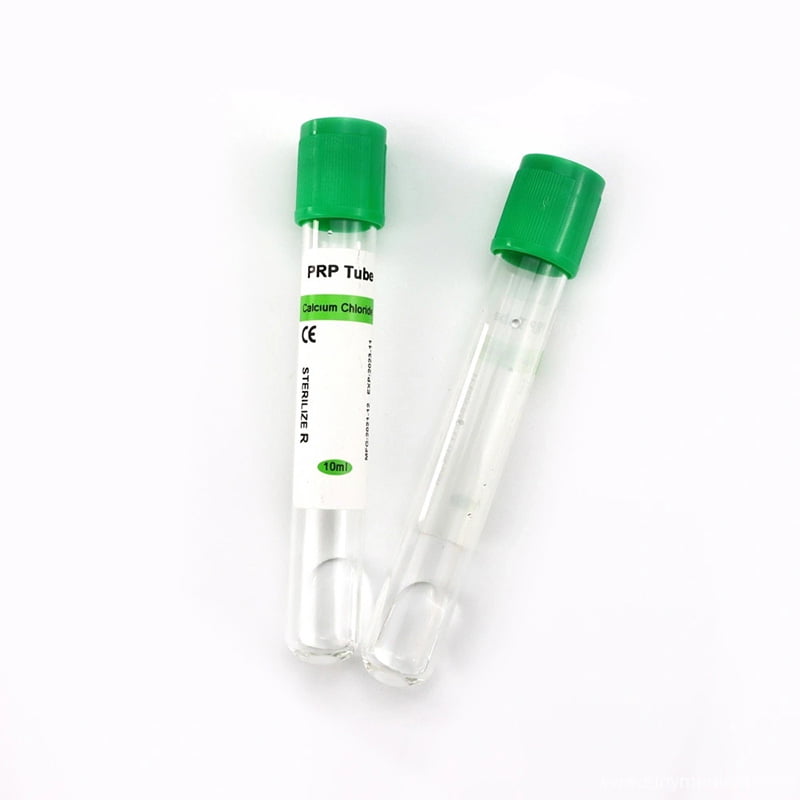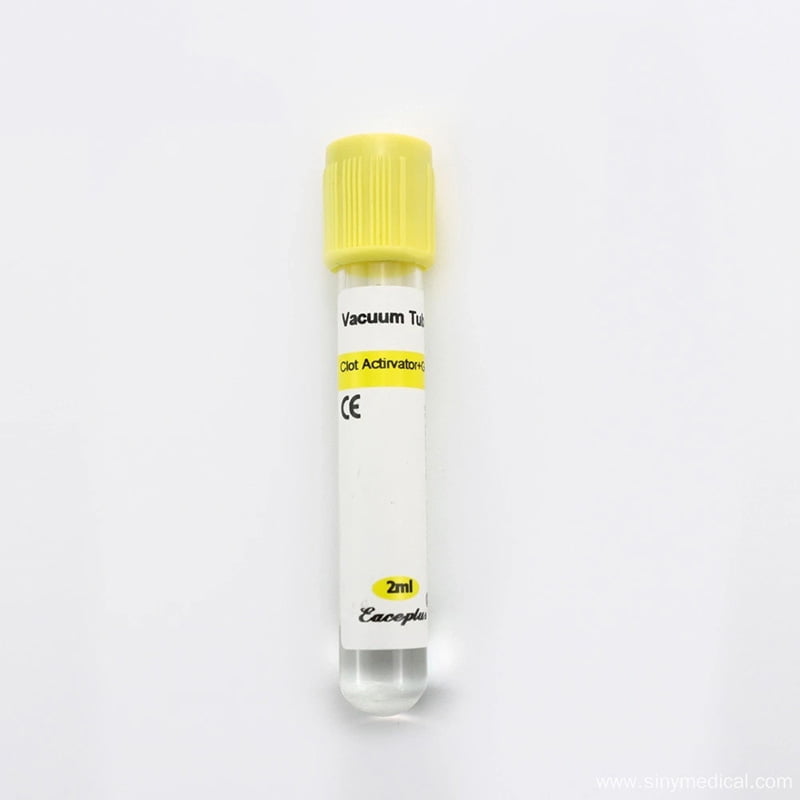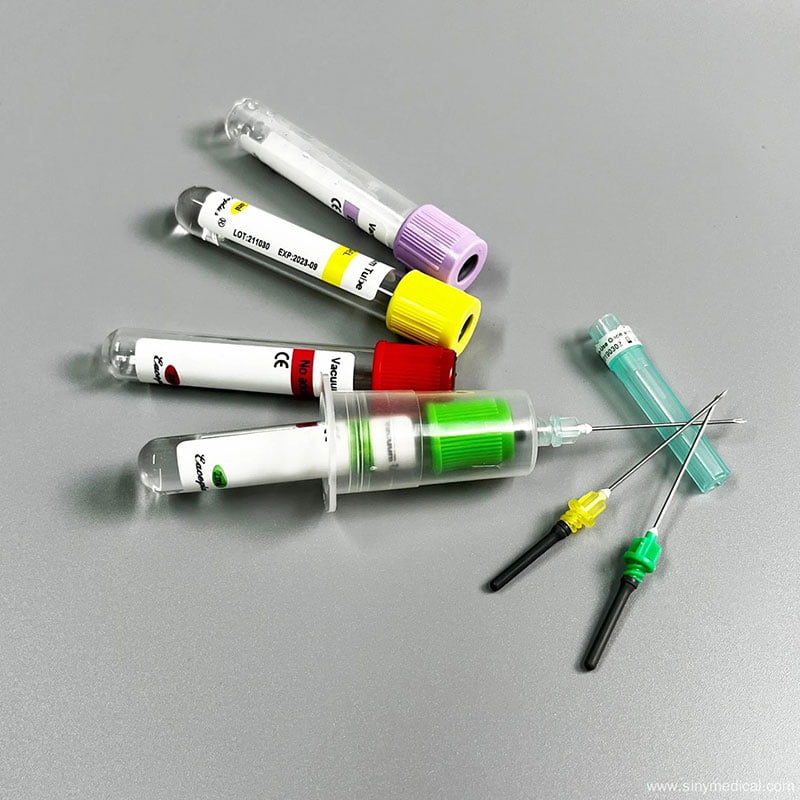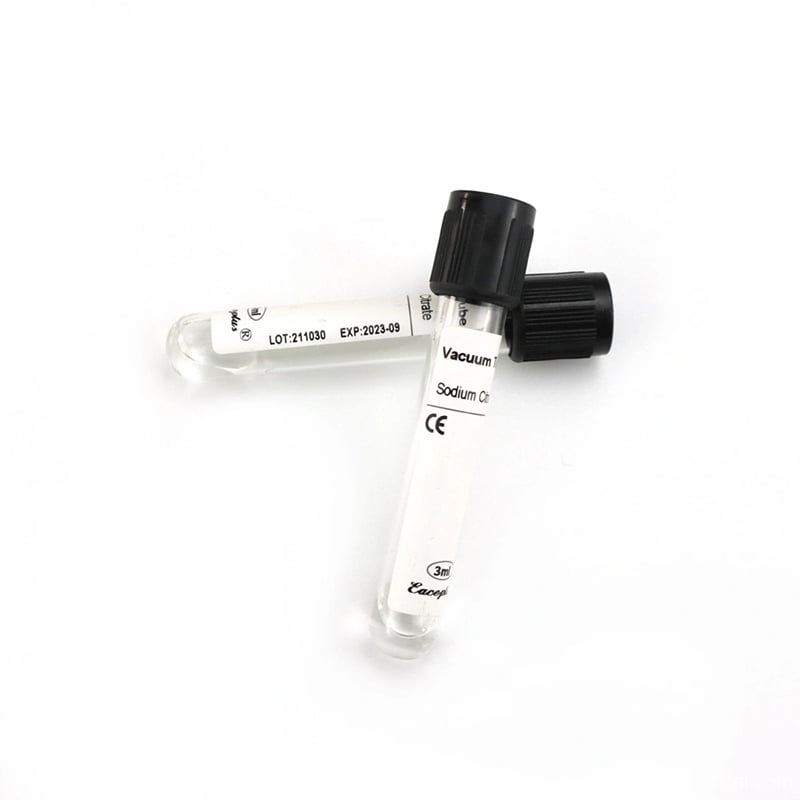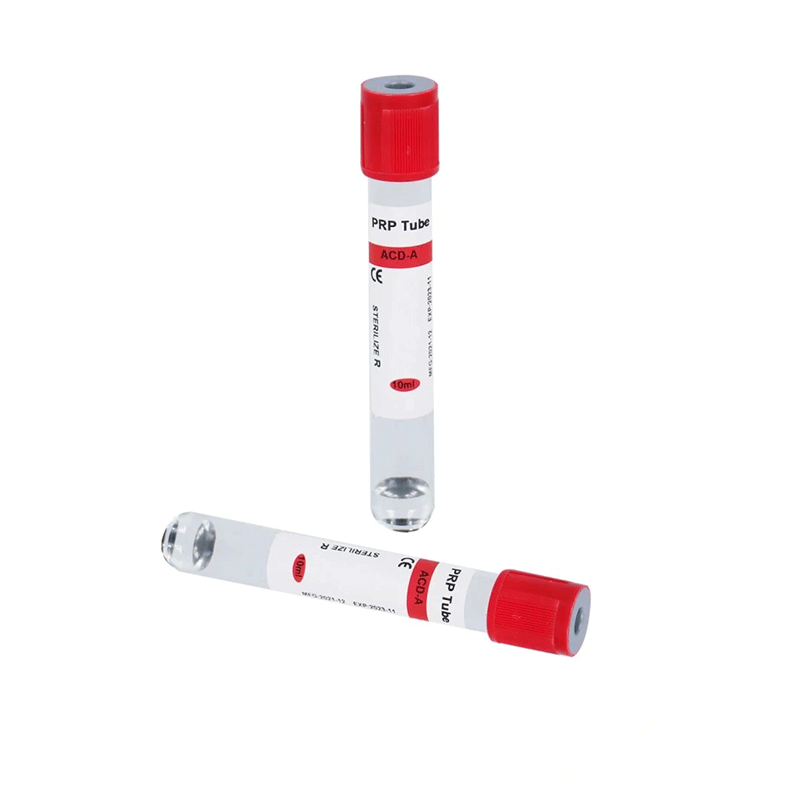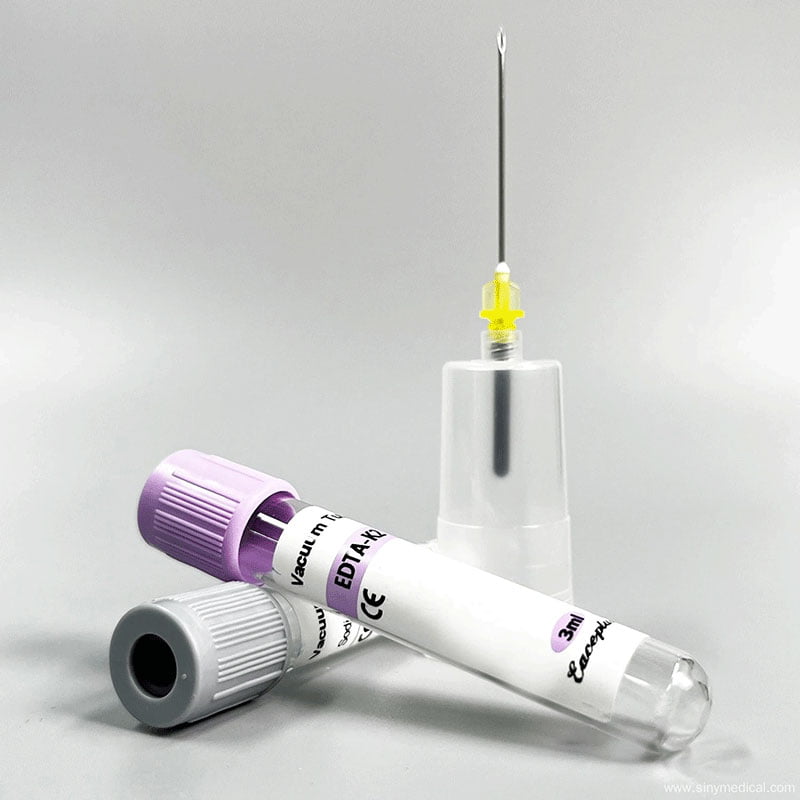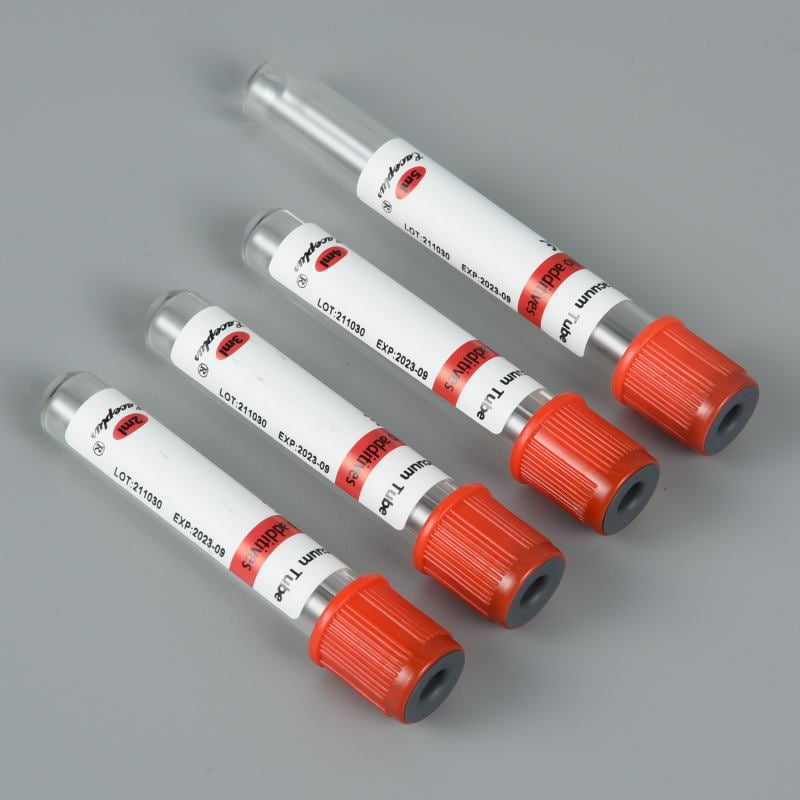The S-PRF tube stands out as a groundbreaking tool that enhances healing and tissue regeneration across various medical fields. From dentistry to orthopedics and aesthetics, S-PRF tubes are revolutionizing how healthcare professionals harness the body’s natural healing capabilities. This blog explores the intricacies of S-PRF tubes, their applications, benefits, and why they are a preferred choice for advanced medical procedures. With a focus on scientific insights and practical applications, we aim to provide a thorough understanding of this innovative technology for both professionals and curious readers.
At Siny Medical, we are committed to delivering high-quality medical consumables, including S-PRF tubes, to support cutting-edge treatments. Let’s dive into the details of what makes S-PRF tubes a game-changer in regenerative medicine.
Table of Contents
- 1 Understanding Platelet-Rich Fibrin (PRF) and Its Evolution
- 2 What Is an S-PRF Tube?
- 3 How S-PRF Tubes Work: The Science Behind the Technology
- 4 Applications of S-PRF Tubes in Regenerative Medicine
- 5 Benefits of Using S-PRF Tubes
- 6 Proper Handling and Storage of S-PRF Tubes
- 7 Where Can You Get High-Quality S-PRF Tubes?
- 8 Summary
- 9 FAQs
Understanding Platelet-Rich Fibrin (PRF) and Its Evolution
Platelet-rich fibrin (PRF) is a second-generation platelet concentrate derived from a patient’s own blood. Unlike its predecessor, platelet-rich plasma (PRP), PRF is entirely autologous, meaning it uses no chemical additives or anticoagulants, making it a natural and safe option for tissue regeneration. PRF contains a dense fibrin matrix rich in platelets, white blood cells, and growth factors, such as platelet-derived growth factor (PDGF) and transforming growth factor-beta (TGF-β), which promote healing and tissue repair.

The journey of PRF began with Dr. Joseph Choukroun in 2001, who developed a centrifuge protocol to create PRF without the need for additives, unlike PRP, which often requires anticoagulants. This innovation led to the development of various PRF types, including A-PRF (Advanced PRF), I-PRF (Injectable PRF), and the focus of this blog, S-PRF (Sticky Bone PRF). Each type is tailored for specific applications, with S-PRF tubes designed to produce a denser, more robust fibrin matrix ideal for bone grafting and periodontal procedures.
For a deeper understanding of PRF technology, explore our detailed guide on What is a PRF Tube?.
What Is an S-PRF Tube?
An S-PRF tube, or Sticky Bone Platelet-Rich Fibrin tube, is a specialized medical device used to collect and process whole blood to create a unique PRF matrix known as “Sticky Bone.” This matrix is particularly valued in dental and orthopedic applications due to its dense, moldable consistency, which integrates seamlessly with bone graft materials. Unlike standard PRF tubes, S-PRF tubes are optimized to produce a fibrin clot with enhanced mechanical strength and prolonged growth factor release, making them ideal for complex regenerative procedures.
S-PRF tubes are sterile, dry vacuum tubes without additives, anticoagulants, or gels, ensuring a 100% autologous product. They are typically 10 mL in volume and packaged in sterile blister packs to meet Class IIa medical device regulatory standards. The absence of additives minimizes the risk of adverse reactions, making S-PRF tubes a safe and effective choice for clinical use.
Learn more about our range of S-PRF tubes at Siny Medical’s PRF Tube Collection.
How S-PRF Tubes Work: The Science Behind the Technology
The process of creating S-PRF begins with a simple blood draw from the patient, typically from the arm, using an S-PRF tube. The blood is then centrifuged using a specific protocol optimized for S-PRF production. This centrifugation separates the blood into distinct layers based on density:
- Red Blood Cell Layer: The densest layer, settling at the bottom of the tube.
- S-PRF Layer: The middle layer, appearing as a light yellow or white gel-like substance rich in platelets, white blood cells, and fibrin.
- Serum Layer: The top layer, containing plasma with fewer cellular components.
The centrifugation protocol for S-PRF typically involves a lower speed (around 300–400 g) and a shorter duration (10–12 minutes) compared to other PRF types. This gentle process preserves the integrity of platelets and white blood cells, ensuring a high concentration of growth factors. After centrifugation, the S-PRF layer is carefully extracted using sterile instruments, such as tweezers or pipettes, to avoid contamination with red blood cells or serum.
The resulting S-PRF forms a dense, sticky matrix that can be molded into specific shapes or combined with bone graft materials to create “Sticky Bone.” This matrix acts as a scaffold, slowly releasing growth factors over up to a week, promoting angiogenesis (new blood vessel formation) and tissue regeneration.
For more insights into the centrifugation process, check out our video resources on Siny Medical’s YouTube Channel.
Applications of S-PRF Tubes in Regenerative Medicine
S-PRF tubes are versatile tools with applications across multiple medical disciplines. Their unique properties make them particularly effective in procedures requiring robust tissue regeneration and structural support. Below are the primary applications of S-PRF tubes:
Dentistry: Enhancing Implant Success and Bone Grafting
In dentistry, S-PRF tubes are widely used to improve outcomes in dental implant surgeries and bone grafting procedures. The sticky, moldable nature of S-PRF makes it an ideal adjunct for bone grafts, as it enhances stability and promotes faster integration with surrounding tissues. It is commonly used in:
- Dental Implants: S-PRF is placed in bone defects or around implant sites to accelerate healing and reduce infection risks. Its high white blood cell content helps combat potential infections, a critical factor in implant success.
- Bone Grafting: When combined with bone graft materials, S-PRF forms “Sticky Bone,” a cohesive matrix that enhances bone regeneration and reduces recovery time.
- Periodontal Surgery: S-PRF supports soft tissue repair and regeneration in procedures like gum recession treatment or periodontal defect repair.
Explore our specialized PRP Tubes for Dental Applications to see how S-PRF tubes are transforming dental care.
Orthopedics: Supporting Joint and Tendon Repair
In orthopedics, doctors use S-PRF tubes to treat conditions such as joint pain, tendon injuries, and osteoarthritis. Medical professionals apply the concentrated fibrin matrix derived from the patient’s blood to stimulate tissue regeneration and accelerate healing. The slow release of growth factors from the S-PRF matrix reduces inflammation and promotes tissue repair, offering a non-invasive alternative to surgery. Applications include:
- Tendon Injuries: Injecting S-PRF into damaged tendons stimulates collagen production and accelerates healing.
- Joint Pain: S-PRF injections deliver growth factors to inflamed joints, alleviating pain and improving mobility.
- Bone Regeneration: In cases of bone defects or fractures, S-PRF enhances bone healing when used with grafting materials.
Aesthetics: Natural Rejuvenation and Hair Restoration
In aesthetic medicine, S-PRF is gaining popularity for its ability to rejuvenate skin and restore hair without synthetic fillers. Its natural composition ensures minimal risk of allergic reactions, making it a preferred choice for:
- Facial Rejuvenation: S-PRF injections reduce fine lines, improve skin elasticity, and restore facial volume. It is particularly effective for treating under-eye hollows and acne scars.
- Hair Restoration: When injected into the scalp, S-PRF stimulates hair follicle growth, increases hair density, and treats conditions like androgenic alopecia.
Discover how S-PRF is revolutionizing beauty treatments at Siny Medical’s PRP Tubes for Beauty.
Benefits of Using S-PRF Tubes
The use of S-PRF tubes offers numerous advantages over other platelet concentrates and traditional regenerative methods. Here’s why they are a preferred choice:
- 100% Autologous: Since S-PRF tubes contain no additives or anticoagulants, they produce PRF entirely from the patient’s blood. This process eliminates the risks of allergic reactions or cross-contamination.
- Enhanced Healing: The dense fibrin matrix in S-PRF provides a scaffold for sustained release of growth factors, promoting faster and more effective tissue regeneration compared to PRP.
- Versatility: Clinicians can mold S-PRF into various forms, such as membranes, clots, or injectable liquids, allowing it to adapt to diverse clinical needs.
- Minimal Downtime: Patients experience quick recovery with minimal discomfort, allowing them to resume normal activities shortly after treatment.
- Cost-Effective: By using the patient’s own blood, S-PRF eliminates the need for expensive synthetic materials, reducing treatment costs.
For a detailed overview of S-PRF tubes, visit Siny Medical’s PRP Tube Guide.
Proper Handling and Storage of S-PRF Tubes
To maximize the efficacy of S-PRF tubes, proper handling and storage are essential. Follow these guidelines:
- Pre-Use Inspection: Check for cracks, leaks, or damage before use. Discard any compromised tubes to ensure sample integrity.
- Storage Conditions: Store S-PRF tubes in a cool, dry place away from direct sunlight. For optimal results, refrigerate tubes for at least 20 minutes before surgery using systems like the PomPac or PomCol cooling systems.
- Labeling: Clearly label each tube with the patient’s name, date, and procedure details to prevent mix-ups.
- Centrifugation Protocol: Adhere to manufacturer-recommended centrifugation settings to avoid damaging the PRF structure.
For more tips on handling medical consumables, visit Siny Medical’s Blog.
Where Can You Get High-Quality S-PRF Tubes?
If you’re looking to integrate this into your clinic, it’s essential to use medical-grade, certified products. Siny Medical offers reliable, CE-certified S-PRF and PRP tubes designed for optimal results. You can explore their PRF Tube Collection or even browse the full PRP Tube Catalog.
Want to speak with someone directly? Just head over to the Contact Page and get in touch!
Summary
S-PRF tubes represent a significant advancement in regenerative medicine, offering a natural, effective solution for tissue repair and regeneration. Their ability to create a dense, sticky fibrin matrix makes them ideal for dental, orthopedic, and aesthetic applications. By harnessing the body’s own growth factors, S-PRF tubes provide enhanced healing, minimal risks, and versatile applications, from bone grafting to facial rejuvenation. At Siny Medical, we are proud to supply high-quality S-PRF tubes that meet the needs of healthcare professionals worldwide.
For more information, explore our resources on PRF Tubes, Dental Applications, and Aesthetic Treatments.
FAQs
1. What is an S-PRF tube used for?
S-PRF tubes create a sticky, dense platelet-rich fibrin matrix for procedures like dental implants, bone grafting, orthopedic repairs, and aesthetic treatments such as facial rejuvenation and hair restoration.
2. How is S-PRF different from other PRF types?
S-PRF produces a denser, moldable fibrin matrix compared to A-PRF (soft tissue repair) or I-PRF (injectable for aesthetics). It is specifically designed for structural applications like bone grafting.
3. Are S-PRF tubes safe?
Yes, S-PRF tubes are 100% autologous, containing no additives, which eliminates risks of allergic reactions or contamination when handled properly.
4. What centrifugation protocol is used for S-PRF tubes?
S-PRF tubes typically require a centrifugal force of 300–400 g for 10–12 minutes to produce the optimal sticky fibrin matrix.
5. Where can I purchase high-quality S-PRF tubes?
You can find certified S-PRF tubes at Siny Medical’s PRF Tube Collection or through our Made-in-China Store.
6. Can S-PRF tubes be used in aesthetic treatments?
Yes, S-PRF is effective for skin rejuvenation and hair restoration due to its slow-release growth factors. Learn more at Siny Medical’s PRP Tubes for Beauty.
For additional questions or bulk order inquiries, reach out to us at Siny Medical’s Contact Page.

